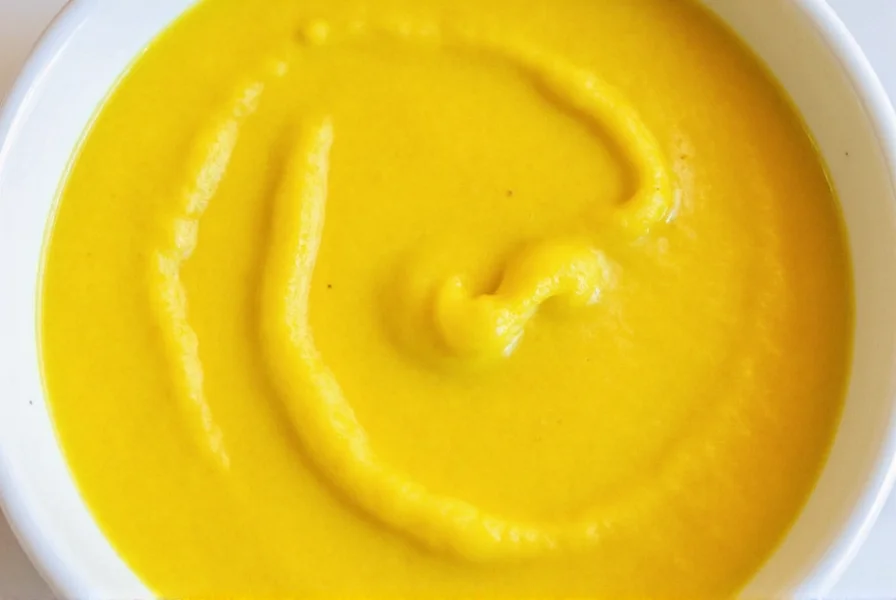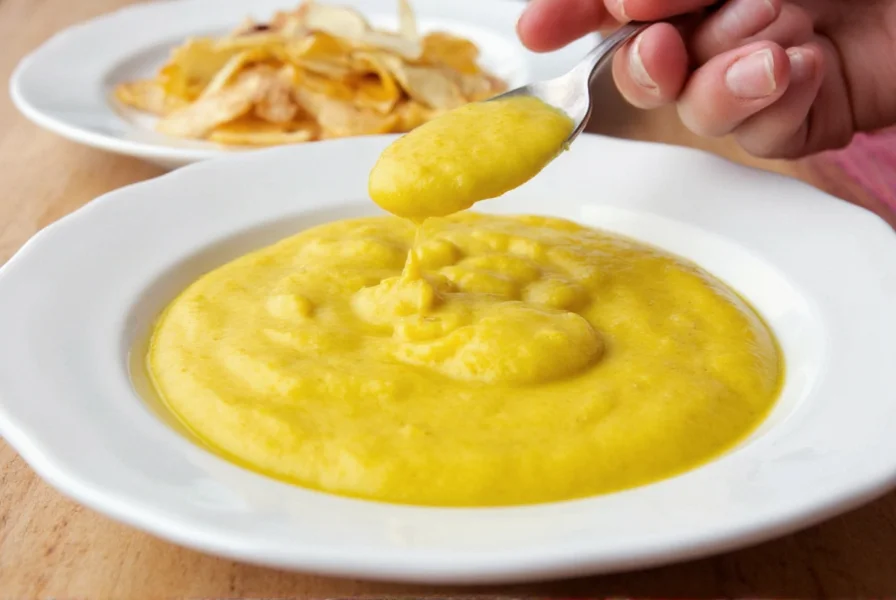Saffron aioli elevates the classic Provençal garlic mayonnaise with one of the world's most prized spices. The addition of saffron transforms ordinary aioli into a sophisticated sauce that adds both visual appeal and nuanced flavor to a wide range of dishes. Understanding how to properly prepare and use this specialty condiment can significantly enhance your culinary repertoire.
The Distinctive Qualities of Saffron Aioli
Unlike standard aioli which relies primarily on garlic for its characteristic flavor, saffron aioli introduces a complex aromatic dimension. The saffron threads, when properly infused, impart a subtle honey-like sweetness with floral notes and a distinctive golden hue. This delicate balance makes saffron aioli particularly well-suited for dishes where you want garlic presence without overwhelming pungency.
Professional chefs appreciate saffron aioli for its versatility in fine dining applications. The sauce works beautifully as both a dipping condiment and a finishing element that complements rather than dominates the main ingredients. When prepared correctly, saffron aioli should have a smooth, emulsified texture with visible golden streaks from the saffron infusion.
| Ingredient | Traditional Aioli | Saffron Aioli |
|---|---|---|
| Base | Egg yolks, olive oil | Egg yolks, olive oil |
| Signature Flavor | Raw garlic | Garlic + saffron |
| Color | White/ivory | Golden yellow |
| Best Pairings | Roasted meats, rustic breads | Seafood, delicate vegetables, tapas |
Traditional Preparation Methods
Authentic saffron aioli preparation requires patience and attention to detail. The traditional method involves:
- Gently toasting saffron threads to release their volatile compounds
- Infusing the saffron in warm liquid (traditionally fish stock or water) for 15-20 minutes
- Preparing a garlic paste with mortar and pestle
- Slowly emulsifying high-quality olive oil into the egg yolk base
- Incorporating the saffron infusion at the final stage
Modern adaptations often use pre-made mayonnaise as a base for convenience, though purists argue this compromises the sauce's authentic texture and flavor integration. For the best results when making homemade saffron aioli, use fresh, high-quality saffron threads rather than powdered saffron, which may contain fillers.

Perfecting Your Saffron Aioli Recipe
Creating exceptional saffron aioli requires attention to several critical factors:
Saffron Quality and Preparation
The quality of saffron directly impacts your final sauce. Look for deep red threads with minimal yellow styles. Proper preparation involves:
- Using 15-20 threads per standard aioli recipe (serves 4-6)
- Crushing threads gently before infusion
- Infusing in 2 tablespoons of warm liquid for at least 15 minutes
- Using the entire infusion (liquid and threads) in your aioli
Garlic Balance
While saffron takes center stage, garlic remains essential. Use 1-2 cloves per serving, adjusting based on freshness and variety. Roasted garlic provides a milder flavor that complements saffron beautifully in more delicate preparations.
Emulsion Technique
The key to perfect texture lies in the emulsification process. Add oil gradually while whisking vigorously. If using the traditional mortar and pestle method, incorporate oil drop by drop initially, then in a thin stream as the emulsion forms.
Optimal Culinary Applications
Saffron aioli shines in applications where its delicate flavor can enhance rather than overwhelm. Consider these pairing suggestions:
- Seafood specialties: Perfect with grilled fish, shrimp, scallops, and paella
- Vegetable preparations: Complements roasted asparagus, artichokes, and grilled zucchini
- Tapas presentations: Ideal with patatas bravas, croquettes, and seafood bites
- Sandwich enhancement: Adds sophistication to seafood sandwiches and vegetable wraps
- Dipping sauce: Serves beautifully with frites, croquettes, or crusty bread
When incorporating saffron aioli into dishes, add it toward the end of preparation to preserve its delicate flavor compounds. For cold applications like salads or chilled seafood, allow the sauce to rest for 30 minutes after preparation to let flavors meld.

Storage and Shelf Life Considerations
Due to its raw egg content, traditional saffron aioli has limited shelf life. Follow these guidelines:
- Refrigerate immediately after preparation
- Consume within 24-48 hours for optimal flavor and safety
- Store in an airtight container with plastic wrap touching the surface to prevent oxidation
- Do not freeze, as this breaks the emulsion and alters saffron's delicate flavor
Commercial versions using pasteurized eggs may have longer shelf lives, but homemade versions always provide superior flavor complexity. Always check for signs of spoilage including separation, sour odor, or unusual color changes before serving.
Common Preparation Mistakes to Avoid
Even experienced cooks can encounter issues when making saffron aioli. Watch for these common pitfalls:
- Using insufficient saffron: Too little saffron results in minimal flavor impact
- Adding saffron too early: High heat during emulsification can degrade saffron compounds
- Overpowering with garlic: Saffron's delicate flavor gets lost with excessive garlic
- Rushing the emulsion: Adding oil too quickly causes the sauce to break
- Using low-quality saffron: Adulterated or old saffron lacks proper flavor and color
Variations and Adaptations
Chefs often create signature versions of saffron aioli by incorporating complementary elements:
- Lemon-infused: A touch of lemon zest brightens the sauce for seafood applications
- Smoked paprika: Adds depth that complements the saffron's earthiness
- Herb-enhanced: Chopped chives or parsley provide freshness and visual appeal
- Truffle-infused: Creates an ultra-luxurious variation for special occasions
For those seeking dairy-free or egg-free alternatives, consider using aquafaba (chickpea brine) as an emulsifier base, though this will alter the traditional flavor profile slightly.











 浙公网安备
33010002000092号
浙公网安备
33010002000092号 浙B2-20120091-4
浙B2-20120091-4